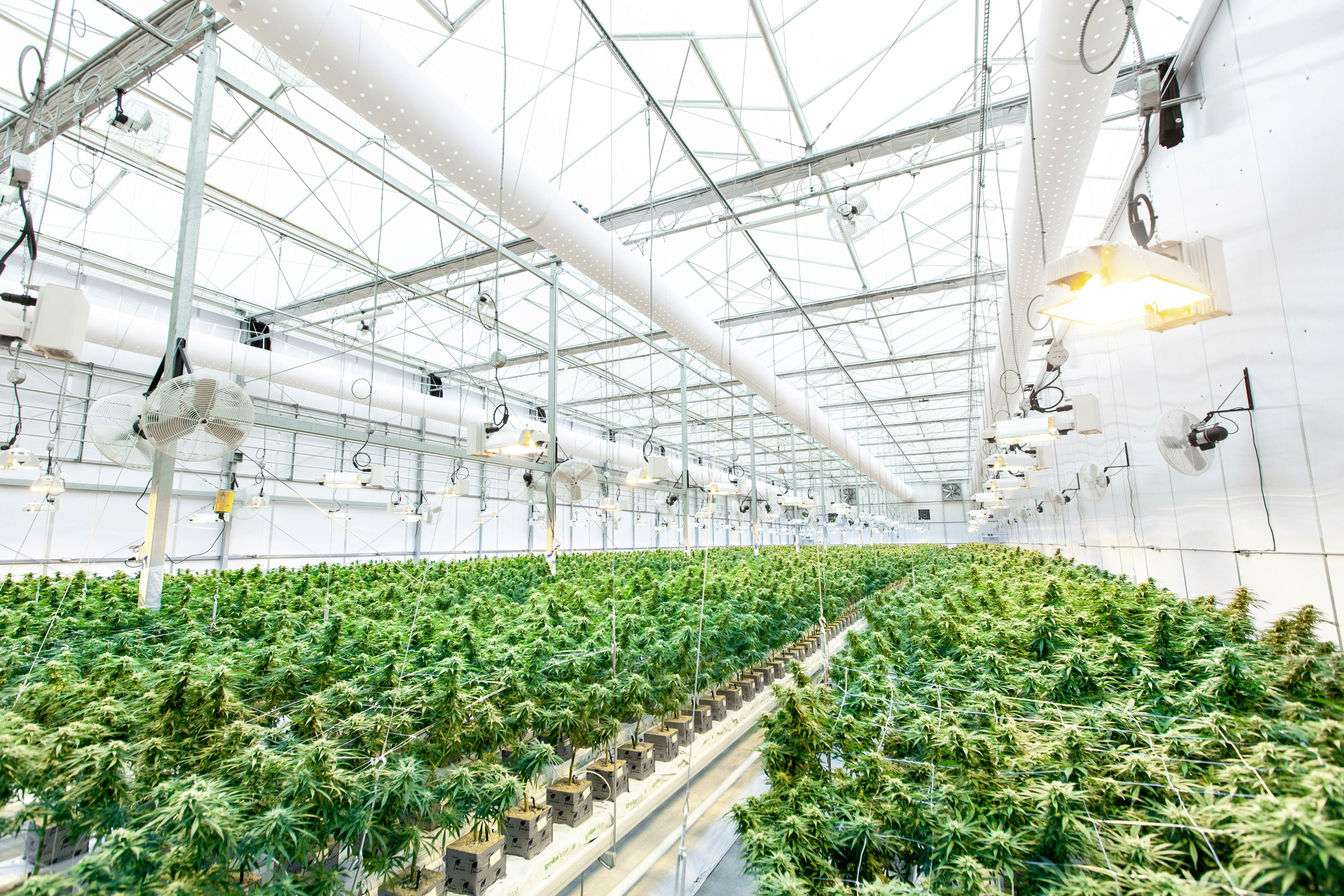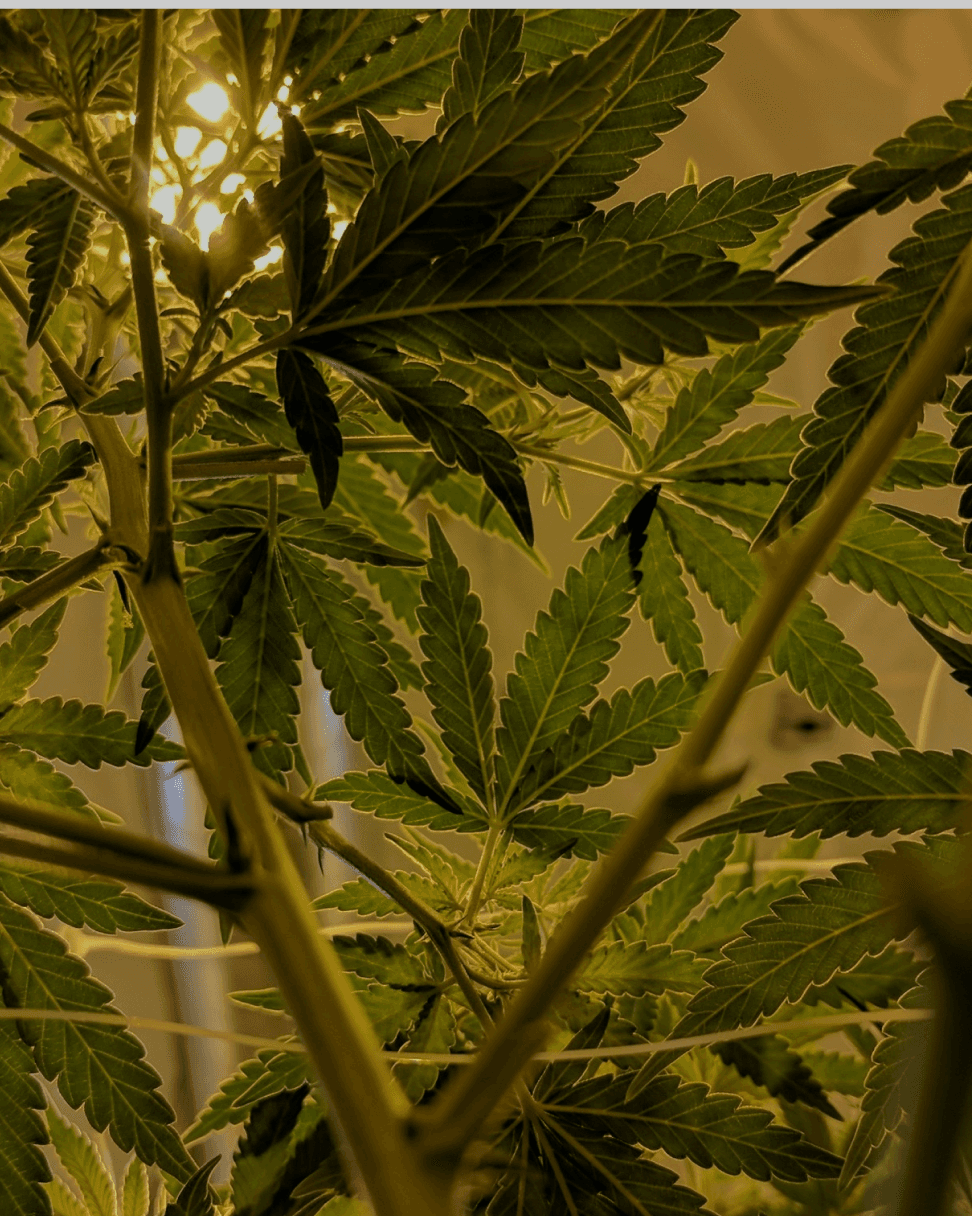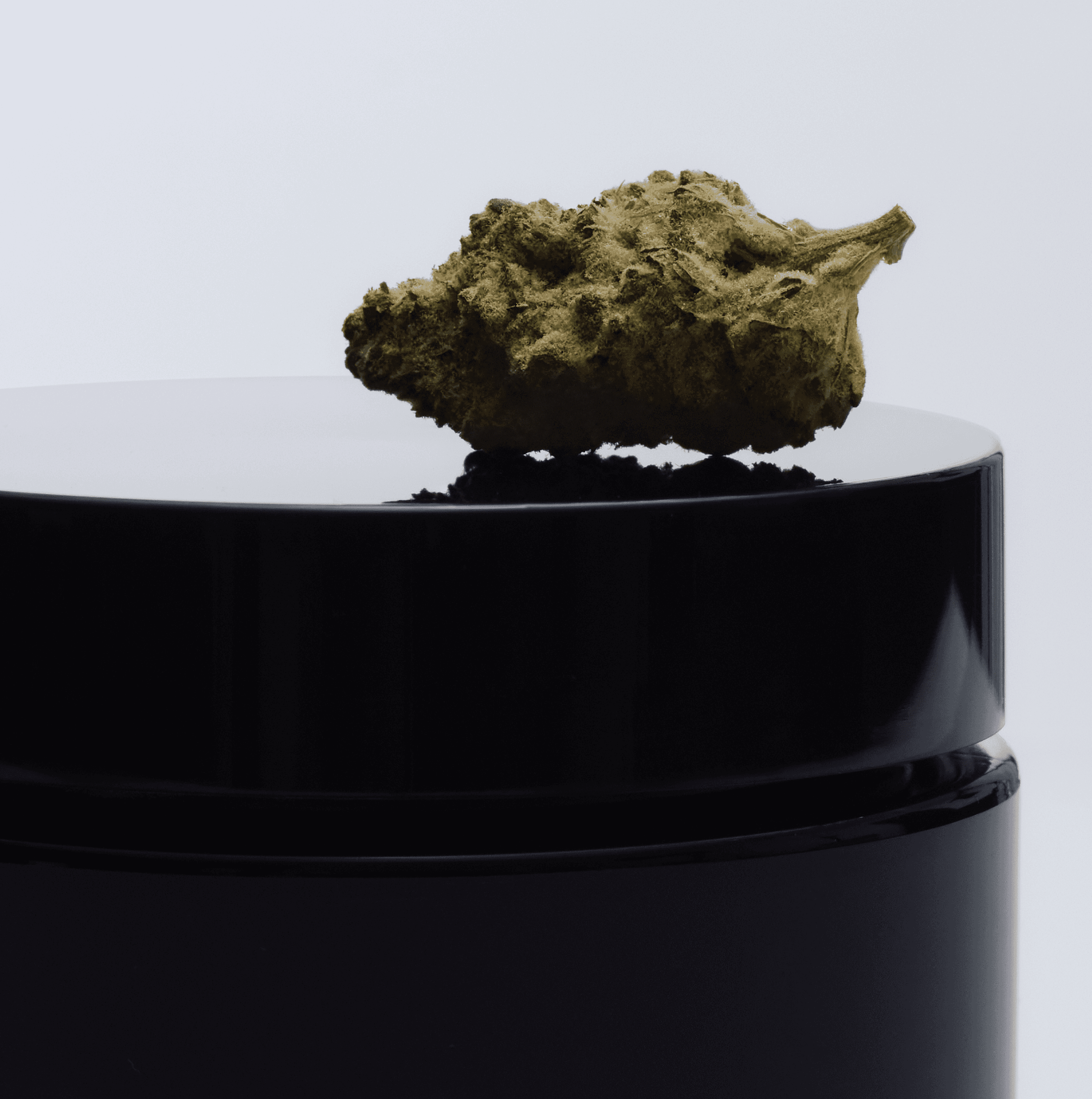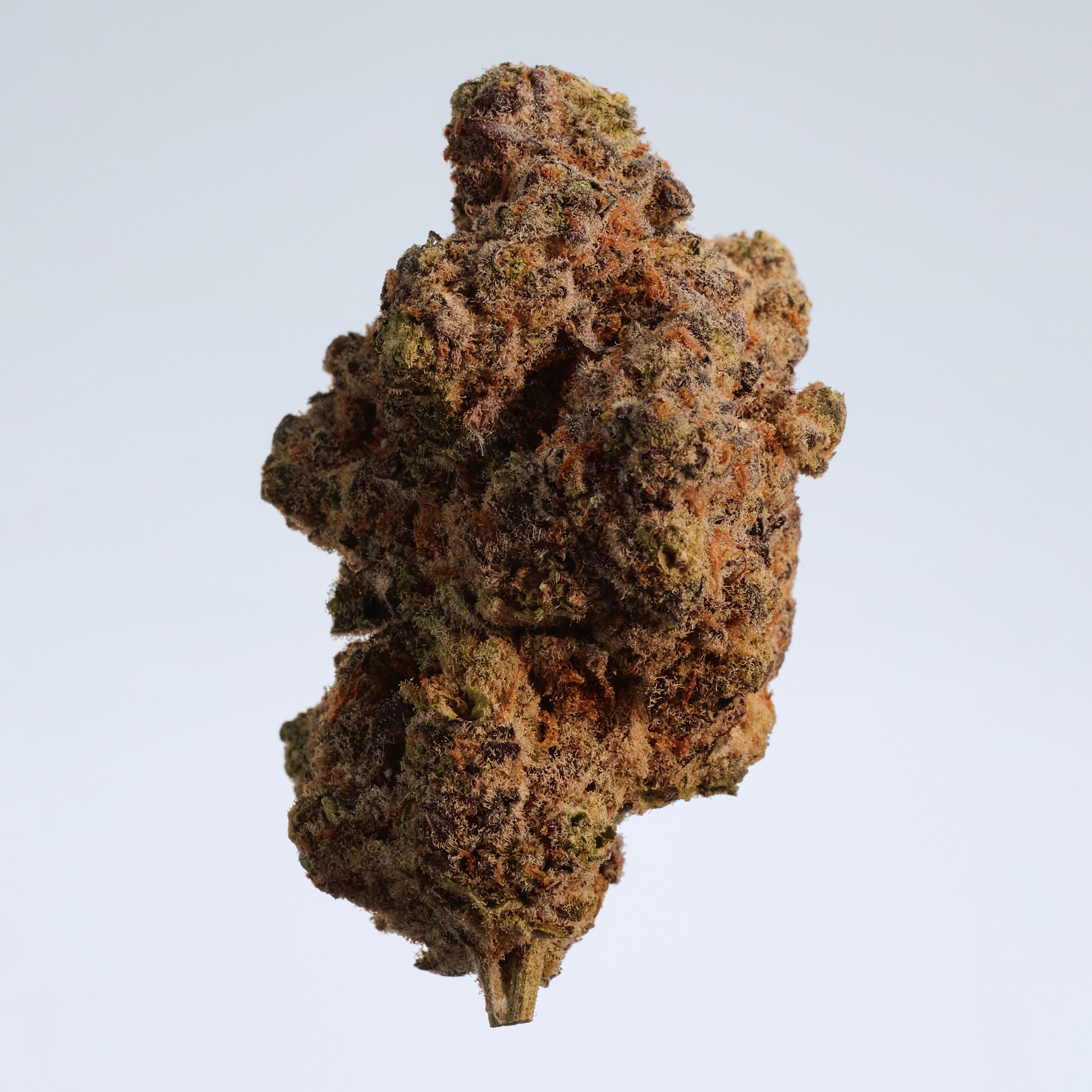Find a doctor
Since 2017, under the Social Code (SGB V) in Germany, doctors across all specialties are permitted to prescribe medical cannabis therapy, with the exception of dentists and veterinarians. For example, you can seek guidance from your family doctor, or consult other physicians if a prescription isn't initially provided. Telemedicine offers a particularly convenient option, allowing for online consultations via video.
Our Growers
from Canada
The quality and availability of our flowers is our top priority. Therefore, we collaborate with growers from Canada who have years of experience.
Our partners are EU-GMP certified and are regularly visited on-site by our quality management and product teams. This close, ongoing collaboration ensures consistent patient care and contributes to the success of the therapy.

















